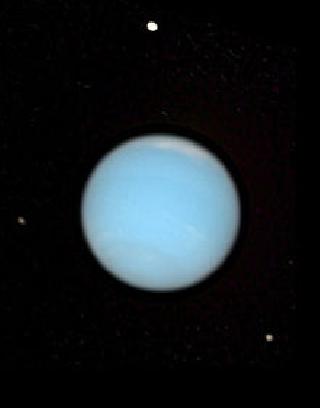
WASHINGTON (PTI): A day on Neptune is nearly 16 hours long, according to scientists who have finally managed to calculate the rotation time of the distant gas planet more than 160 years after it was discovered.
The eighth and farthest planet from the Sun in the Solar System was discovered in 1846, but it completed its first orbit around the Sun in July this year.
Gas giants like Neptune have long challenged astronomers when it comes to calculating their rotation, as they move more like spinning liquids, sloshing and swirling around a small rocky core, LiveScience reported.
While features on rocky terrestrial planets are literally etched in stone, outer planets have features that appear to dance on top of the constantly moving clouds.
But a team led by Erich Karkoschka of the University of Arizona managed to use these shifting features to calculate how long it takes Neptune to rotate on its axis and complete one day: 15 hours, 57 minutes, and 59 seconds.
Karkoschka examined more than 500 images of Neptune that were taken by the Hubble Space Telescope. Two cloud formations similar to Jupiter's famous Red Spot stood out -- the South Polar Feature and the South Polar Wave.
After studying the Hubble images, taken over a span of 20 years, Karkoschka determined that these distinct features appeared precisely on schedule.
He decided to widen his search to a series of more detailed images taken in 1989 by NASA's Voyager spacecraft. In these images, Karkoschka found six additional features on Neptune that rotated with regularity.
"I thought the extraordinary regularity of Neptune's rotation indicated by the two features was something really special," Karkoschka said in a statement.
"Now we have eight features that are locked together on one planet, and that is really exciting," Karkoschka said.
The details of the study were published in the journal Icarus.
As NASA's Voyager 1 and Voyager 2 spacecraft flew past Saturn, Uranus, and Neptune in the 1980s, they captured radio signals produced by the gas giants' magnetic fields. But their information, which was originally used to calculate the rotation of the outer planets, was scanty.
Both the spacecraft were launched in 1977 to study Jupiter, Saturn and their moons. Nearly 34 years after their launch, the two probes continue to deliver key information as they journey out to the solar system's edge.
Karkoschka's painstaking analysis of Neptune's visible features will help astronomers understand more than just how often the sun rises and sets on the Neptune, Ravit Helled of Tel-Aviv University in Israel said.
"Uranus and Neptune are extremely interesting planets, and we must know more about them," Helled said. "Especially now, when so many planets outside the solar system are discovered and there is a great effort in understanding the nature of planets."
 Previous Article
Previous Article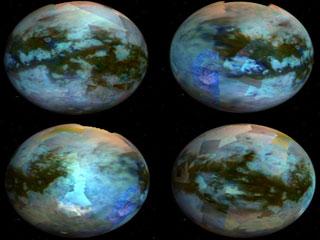 Next Article
Next Article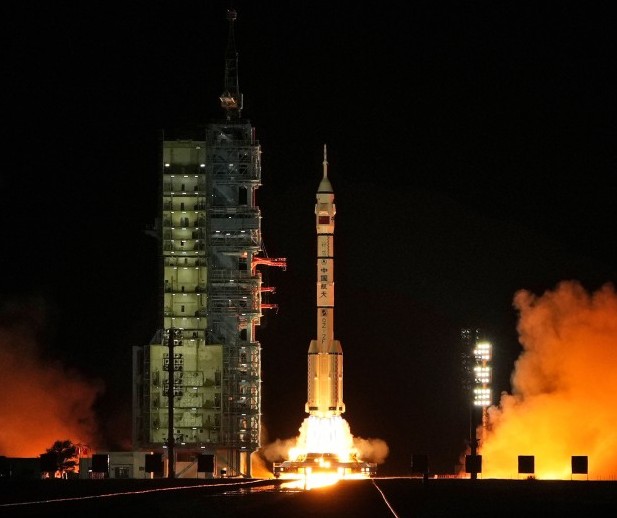
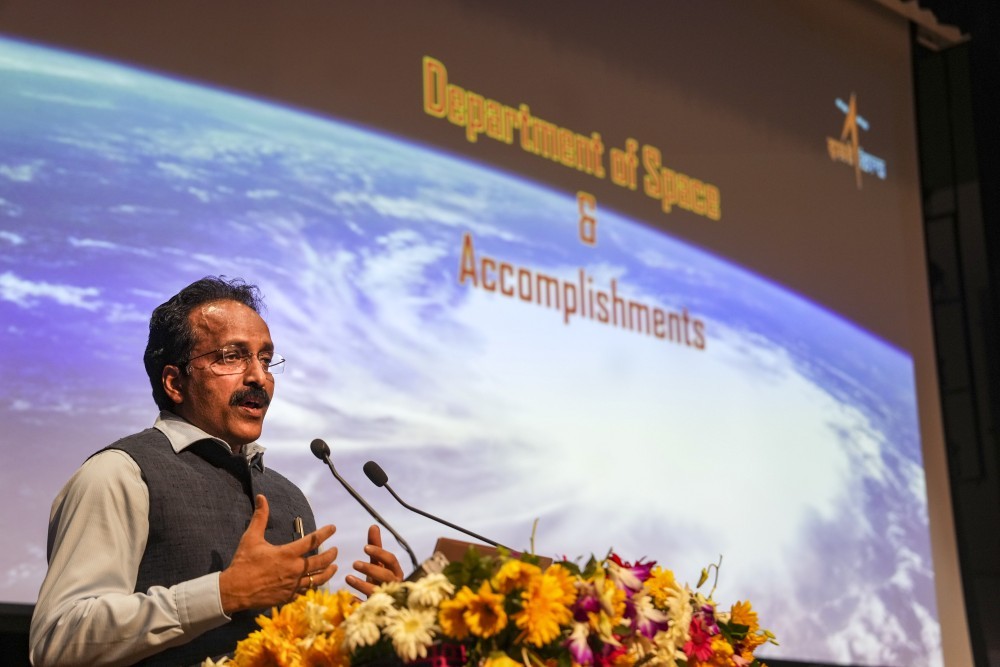
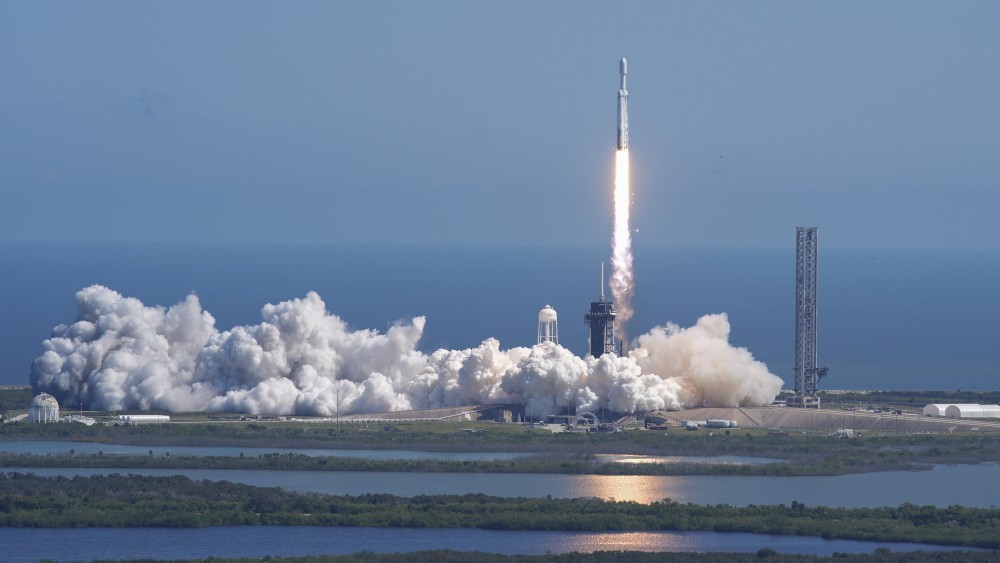
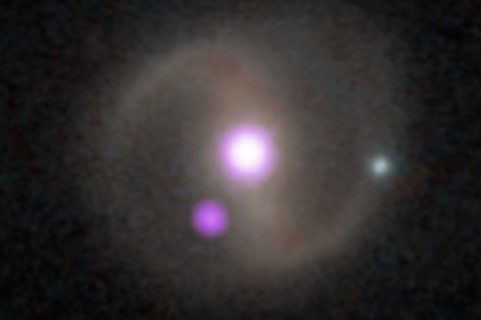

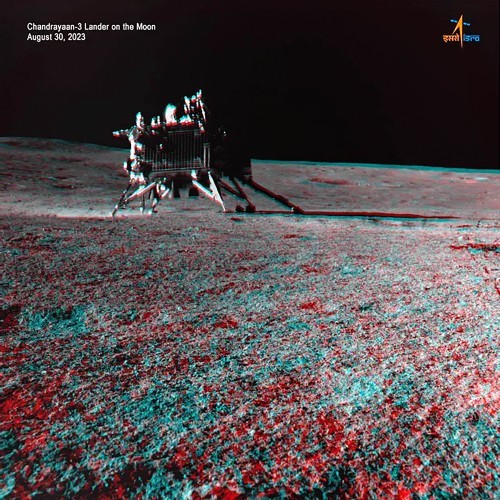







The Indian Air Force, in its flight trials evaluation report submitted before the Defence Ministry l..
view articleAn insight into the Medium Multi-Role Combat Aircraft competition...
view articleSky enthusiasts can now spot the International Space Station (ISS) commanded by Indian-American astr..
view article